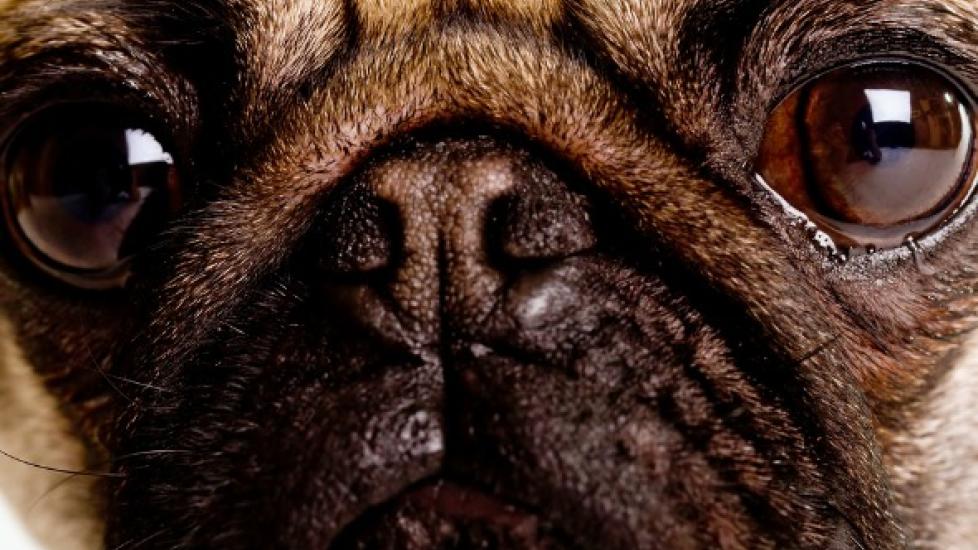Title: Unveiling the Mysteries of Canine Anterior Uveitis – A Comprehensive Guide to Eye Care for Furry Friends
Introduction:
In a world where pets are cherished members of our families, it’s crucial that we understand how to care for them when they fall ill. One such condition that can affect dogs is anterior uveitis, an inflammation of the eye that can lead to significant discomfort and vision impairment if left untreated. This article aims to shed light on this condition, providing pet owners with essential information to recognize symptoms, seek prompt veterinary attention, and implement preventive measures to keep their furry companions healthy.
Understanding Anterior Uveitis:
Anterior uveitis, or “uveitis” as it’s commonly referred to by veterinarians, affects the front part of the dog’s eye known as the uvea. It is characterized by swelling and irritation of the iris, ciliary body, and choroid, which can potentially cloud the lens and impair vision. Symptoms may include redness, pain, sensitivity to light (photophobia), and aqueous flare (cloudiness within the normally clear fluid inside the eye). The cause can be infectious, immune-mediated, traumatic, or due to systemic diseases like cancer.
Diagnosis and Treatment:
Recognizing the early signs of anterior uveitis is critical for timely intervention. Veterinarians will typically perform a thorough examination of the eyes, including slit lamp biomicroscopy to assess the extent of the inflammation and rule out other potential causes. Treatment often involves the use of anti-inflammatory drugs, antibiotics if there is an infection, and sometimes corticosteroids to reduce swelling. In severe cases, surgery might be necessary to prevent permanent damage to the eye.
Prevention and Management:
Pet parents should take proactive steps to minimize the risk of anterior uveitis. Regular check-ups with the vet can help detect any changes in the eye at an early stage. Keeping your dog active yet avoiding excessive trauma to the eyes is important. Additionally, controlling underlying conditions associated with uveitis, such as autoimmune disorders, can significantly lower the chances of an episode occurring. Dietary adjustments and supplements may also play a role in maintaining ocular health.
Conclusion:
The bond between humans and their pets runs deep, and ensuring the well-being of these beloved creatures is paramount. By understanding the complexities of canine anterior uveitis and taking proactive measures to manage it, we can provide our four-legged friends with the best quality of life possible. Remember, regular check-ups, attentive observation, and prompt treatment are key components of keeping your dog’s eyes bright and their spirit high.
